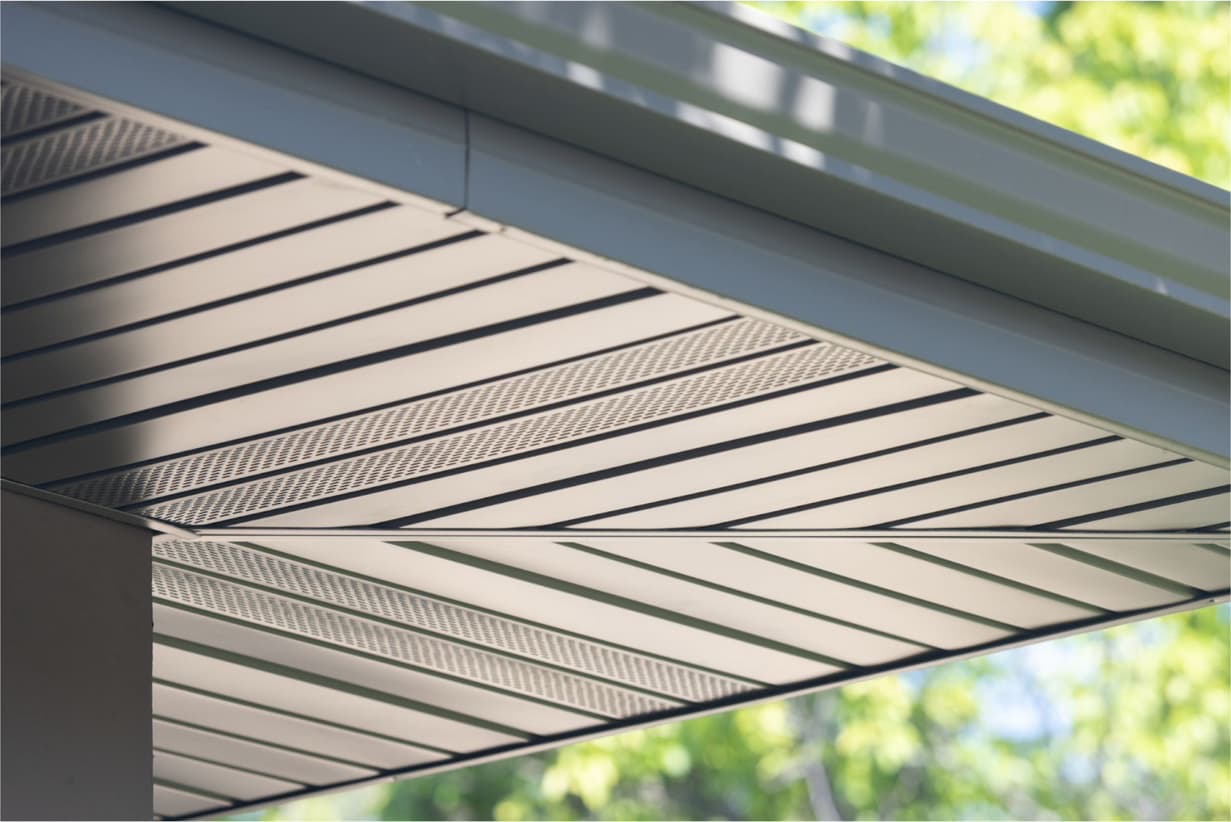

Articles
How To Vent Attic Without Soffits
Modified: November 1, 2024
Learn how to properly vent your attic without soffits with our informative articles. Improve air circulation and prevent moisture buildup for a healthier and more energy-efficient home.
(Many of the links in this article redirect to a specific reviewed product. Your purchase of these products through affiliate links helps to generate commission for Storables.com, at no extra cost. Learn more)
Introduction
Proper ventilation is crucial for maintaining the health and integrity of your attic. It helps regulate temperature, control moisture, and prevent damage to the structure of your home. One common method of attic ventilation is through soffit vents, which are installed along the eaves of the roof. However, not all homes have soffits, which can make attic ventilation a challenge. In this article, we will explore alternative solutions for venting your attic without soffits.
When your attic lacks soffits, it restricts the natural airflow that keeps your attic cool and dry. Without proper ventilation, your attic becomes a breeding ground for mold, mildew, and condensation. This moisture build-up can lead to wood rot, insulation degradation, and even structural damage. To prevent these issues, it is essential to find alternative methods of ventilation.
In the following sections, we will discuss different options for venting an attic without soffits. Whether you have a gable roof, a hip roof, or any other roof design, there are solutions available to meet your ventilation needs. From gable vents to ridge vents, roof vents to attic fans, we will explore and evaluate each method to help you make an informed decision for your home.
Key Takeaways:
- Proper attic ventilation is essential for a healthy home, and alternative solutions like gable vents, ridge vents, roof vents, and attic fans offer effective ways to vent an attic without soffits, each with its own pros and cons.
- Understanding the challenges and benefits of alternative attic ventilation methods, such as gable vents, ridge vents, roof vents, and attic fans, can help homeowners make informed decisions to ensure a well-ventilated and structurally sound attic space.
Read more: How To Vent A Bathroom Fan Through Soffit
Understanding Attic Ventilation
Before we dive into the alternative solutions for venting an attic without soffits, let’s first understand the importance of attic ventilation and how it works.
Attic ventilation is the process of allowing air to flow freely throughout your attic space by creating channels for both intake and exhaust. This airflow helps remove hot, trapped air in the summer and prevents moisture and condensation buildup in the winter.
The primary elements of an effective attic ventilation system are intake vents and exhaust vents. The intake vents allow fresh air entry into the attic, while the exhaust vents facilitate the release of hot air and moisture. This continuous flow of air helps regulate the temperature in your attic, prevents ice damming, and protects your roof’s structural integrity.
When the attic lacks proper ventilation, several issues can arise. In the summer, the heat trapped in the attic can raise the temperature inside your home, leading to increased energy consumption and discomfort. It can also shorten the lifespan of your shingles as excessive heat can cause them to deteriorate prematurely.
During the winter, inadequate ventilation can lead to condensation buildup, which can cause insulation to become damp and reduce its effectiveness. The excess moisture can also create an environment for mold and mildew growth, leading to potential health hazards and damage to the attic structure.
Understanding the importance of attic ventilation will help you appreciate the alternative solutions we will explore for venting your attic without soffits. By implementing one of these methods, you can ensure a well-ventilated attic space, leading to improved energy efficiency, extended roof life, and a healthier environment for your home.
Challenges of Venting Attic Without Soffits
Venting an attic without soffits poses a unique set of challenges. Soffit vents are ideal for providing intake ventilation as they allow fresh air to enter the attic from the eaves of the roof. However, not all homes are equipped with soffits, making it necessary to find alternative methods for ventilation.
One of the main challenges is the limited options for intake vents. Without soffits, the typical intake vents are not viable, and homeowners must explore other alternatives. A lack of proper intake vents can result in reduced airflow and ineffective ventilation.
Another challenge is the potential for incorrect air circulation. Soffit vents, when combined with exhaust vents, create a natural airflow path through the attic. Without soffits, this natural airflow can be disrupted, causing uneven distribution of air and potentially leaving certain areas of the attic poorly ventilated.
Structural constraints can also present challenges. Some homes may have architectural features or designs that make it difficult to install certain types of vents. For example, homes with no gable ends may find it challenging to install gable vents, which are popular alternatives for venting an attic without soffits.
Additionally, depending on the location and climate, homeowners may need to consider the potential for weather-related challenges. Some alternative ventilation methods, such as roof vents or attic fans, may be more susceptible to leaks or damage in severe weather conditions.
While venting an attic without soffits can be challenging, it is not impossible. With the right approach and knowledge of alternative ventilation methods, homeowners can find effective solutions to ensure their attic remains well-ventilated and protected.
In the following sections, we will explore different methods for venting an attic without soffits, taking into consideration the challenges associated with each method and how they can be overcome.
Alternative Solutions for Attic Ventilation
If your home lacks soffits, there are several alternative solutions available to ensure proper attic ventilation. These methods provide intake and exhaust vents that facilitate adequate airflow and help maintain a well-ventilated attic space. Let’s take a closer look at some of these alternative solutions:
1. Gable Vents: Gable vents are installed on the gable ends of a home and provide effective ventilation for attics without soffits. The vents are placed near the peak of the gable and allow hot air to escape while drawing in fresh air from the exterior. Gable vents come in various sizes and styles, making them a versatile option for different types of homes.
2. Ridge Vents: Ridge vents are installed along the ridge of the roof and offer continuous ventilation for attics without soffits. They provide both intake and exhaust vents, allowing air to circulate naturally. Ridge vents are often paired with soffit vents or other intake vents to create a balanced system for efficient attic ventilation.
3. Roof Vents: Roof vents, such as box vents or turbine vents, can be installed directly on the roof and function as exhaust vents. They allow hot air to escape from the attic while drawing in fresh air from other intake vents. Roof vents are especially useful for homes where gable vents or ridge vents may not be viable due to architectural constraints.
4. Attic Fans: Attic fans, also known as powered attic ventilators, are electrically powered fans that help circulate air in the attic. They can be installed on the roof or gable and are often used in conjunction with intake vents to enhance ventilation. Attic fans are designed to automatically turn on when the attic temperature reaches a certain threshold, ensuring optimal airflow.
Each of these alternative solutions has its advantages and disadvantages, and the suitability of each method will depend on factors such as the roof type, climate, and architectural considerations.
It’s important to note that whichever alternative solution you choose, proper installation and ventilation calculations are key to ensuring effective attic ventilation. Consulting with a professional or hiring a reputable contractor experienced in attic ventilation can help you make the right decisions and ensure proper installation.
In the next section, we will delve deeper into each method, exploring their pros and cons to help you determine which option may be best for your specific needs.
Method 1: Gable Vents
Gable vents are a popular alternative for venting attics without soffits. They are installed on the gable ends of a home, near the peak of the gable, and provide effective ventilation by allowing hot air to escape and fresh air to enter the attic.
One of the advantages of gable vents is their versatility. They can be installed on various types of homes, including those with gable roofs, hip roofs, or even shed roofs. Gable vents come in different sizes and styles, allowing homeowners to choose the option that best suits their aesthetic preferences and ventilation needs.
When properly sized and positioned, gable vents can create a natural flow of air through the attic. As hot air rises, it escapes through the gable vents and is replaced with cooler air from other intake vents, such as roof vents or eave vents. This continuous airflow helps regulate temperature, reduce moisture buildup, and prevent problems such as mold and mildew growth.
One important consideration when installing gable vents is the placement and size. To ensure optimal ventilation, the size and number of gable vents should be calculated based on the square footage of the attic. It’s also important to place the vents high on the gable ends to take advantage of the natural convection process.
While gable vents offer effective ventilation, there are some potential drawbacks to consider. In regions with strong winds or driving rain, gable vents may allow moisture to enter the attic, potentially causing water damage. To mitigate this risk, it’s important to choose gable vents with appropriate weather-resistant features, such as baffles or louvers.
Another consideration is the need for proper maintenance. Gable vents can become clogged with debris over time, obstructing airflow and reducing their effectiveness. Regular inspection and cleaning are recommended to ensure the vents remain clear and unobstructed.
Overall, gable vents provide an excellent alternative for venting attics without soffits. They offer versatility, effective ventilation, and can be aesthetically pleasing. By properly sizing, positioning, and maintaining gable vents, homeowners can enjoy a well-ventilated attic space that promotes energy efficiency and protects the structural integrity of their home.
Read also: 8 Amazing Soffit Dryer Vent For 2025
Method 2: Ridge Vents
Ridge vents are an effective alternative solution for venting attics without soffits. They are installed along the ridge of the roof and provide both intake and exhaust vents, allowing for continuous airflow.
One of the main advantages of ridge vents is their ability to provide uniform ventilation along the length of the roof. As hot air rises, it naturally escapes through the ridge vents, creating a vacuum effect that draws in cool air from other intake vents, such as soffit vents or roof vents. This balanced airflow helps regulate attic temperature and prevents moisture buildup.
Ridge vents are typically installed under a ridge cap, which helps protect the vents from weather-related damage and provides a clean, finished appearance. This design also prevents the entry of rain or snow into the attic while allowing for efficient ventilation.
Another advantage of ridge vents is their low-profile design, which makes them less visible compared to other ventilation options. This can be beneficial for homeowners concerned about preserving the aesthetic appeal of their roof.
When installing ridge vents, it is important to ensure proper sizing and spacing. The number and length of ridge vents should be calculated based on the square footage of the attic to ensure adequate ventilation. Additionally, the installation should be done correctly to prevent any gaps or leaks.
While ridge vents offer many advantages, there are a few considerations to keep in mind. First, ridge vents are most effective when used in combination with intake vents, such as soffit vents or roof vents. This allows for a balanced airflow system and prevents any negative pressure in the attic.
Second, in areas with heavy snowfall, it’s essential to take precautions to prevent snow infiltration. Snow can block the ridge vents, impeding ventilation and potentially causing damage. Snow guards or baffles can be installed to prevent snow buildup and ensure proper ventilation during winter months.
In regions prone to high winds, it may be necessary to take additional measures to ensure the ridge vents are adequately secured and protected. Choosing ridge vents designed to withstand strong winds and using appropriate fasteners and sealants can help prevent wind-driven rain or debris from entering the attic.
In summary, ridge vents are a reliable and efficient method for venting attics without soffits. They provide balanced airflow and are aesthetically pleasing due to their low-profile design. By properly sizing, spacing, and combining ridge vents with intake vents, homeowners can achieve optimal attic ventilation and maintain a healthy and well-regulated attic space.
Method 3: Roof Vents
Roof vents are another alternative solution for venting attics without soffits. They are installed directly on the roof surface and function as exhaust vents, allowing hot air to escape from the attic.
There are different types of roof vents available, including box vents, turbine vents, and powered vents. Each type has its own unique features and benefits, allowing homeowners to choose the option that best suits their ventilation needs.
Box vents, also known as static vents or low-profile vents, are passive exhaust vents that rely on natural convection to draw hot air out of the attic. They are typically installed near the ridge of the roof and allow for effective ventilation, even without soffit vents. Box vents have a simple design, with a low-profile, unobtrusive appearance that blends seamlessly with the roofline.
Turbine vents, also known as whirlybird vents, utilize wind power to create suction and drive hot air out of the attic. As wind blows over the vents, the spinning turbine creates a vacuum effect, pulling air from the attic. Turbine vents are an excellent choice for homes in windy areas, as they can provide continuous ventilation without the need for electricity.
Powered roof vents, also called attic fans or attic ventilators, are electrically powered fans that actively remove hot air from the attic. They are typically installed on the roof or gable and can provide rapid airflow, particularly in combination with intake vents. Powered roof vents are equipped with temperature and humidity sensors, ensuring they turn on and off automatically based on attic conditions.
One of the advantages of roof vents is their adaptability to various roofing styles and structures. They are suitable for different roof types, including gable roofs, hip roofs, and even flat roofs. Additionally, roof vents can be installed in specific areas to target problem areas or areas prone to heat buildup.
However, there are some considerations when using roof vents. One potential drawback is that roof vents rely solely on exhaust ventilation. Without proper intake vents, such as soffit vents or gable vents, the efficiency of roof vents can be reduced. Therefore, it is recommended to use roof vents in combination with intake vents to create a balanced airflow system.
Roof vents can also be susceptible to leaks or damage in severe weather conditions, such as heavy rain or snowstorms. Proper installation with appropriate sealing and roof flashing is essential to prevent water infiltration and maintain the integrity of the roof.
Overall, roof vents provide an effective alternative for venting attics without soffits. They offer flexibility, efficient ventilation, and can be customized to suit different roofing styles. By combining roof vents with proper intake vents and ensuring professional installation, homeowners can achieve a well-ventilated attic space that promotes energy efficiency and protects their home from potential moisture-related issues.
Consider installing a ridge vent or gable vents to effectively vent your attic without soffits. These options can help improve air circulation and prevent moisture buildup.
Method 4: Attic Fans
Attic fans, also known as attic ventilators, are electrically powered fans that help circulate air in the attic. They are another alternative solution for venting attics without soffits, providing efficient ventilation and helping to regulate attic temperature.
Attic fans are typically installed on the roof or gable and can be used in conjunction with other intake and exhaust vents to create a balanced airflow system. These fans are designed to automatically turn on when the attic temperature reaches a certain threshold, ensuring optimal ventilation.
One of the main advantages of attic fans is their ability to rapidly remove hot air from the attic. As the fan operates, it draws in fresh air from intake vents, such as gable vents or roof vents, and expels the hot air out through exhaust vents. This continuous air exchange helps to prevent heat build-up, regulate temperature, and reduce the strain on air conditioning systems.
Attic fans are available in various sizes and power capacities, allowing homeowners to choose the fan that best fits their attic size and ventilation needs. It is important to ensure proper sizing and placement for optimal performance.
While attic fans offer effective ventilation, there are a few considerations to keep in mind. First, attic fans require electricity to operate. This means that they can contribute to your home’s energy consumption. However, the energy savings achieved by reducing the workload on your air conditioner may offset the additional energy usage.
Second, attic fans should be used in combination with intake vents to create a balanced airflow system. Without proper intake vents, the effectiveness of attic fans may be reduced. Intake vents, such as soffit vents or gable vents, allow fresh air to enter the attic, creating a continuous flow of air.
It’s also important to consider the noise generated by attic fans. While some attic fans are designed to operate quietly, others may produce noticeable noise levels. If noise is a concern, choosing a fan with lower decibel ratings or installing soundproof materials around the fan can help mitigate this issue.
Lastly, attic fans should be properly maintained to ensure optimal performance. Regular inspection and cleaning of the fan and vents are recommended to prevent obstructions that can impede airflow and reduce efficiency.
Overall, attic fans provide an effective solution for venting attics without soffits. They offer rapid ventilation, temperature regulation, and energy savings. By incorporating attic fans into a well-designed ventilation system with adequate intake and exhaust vents, homeowners can create a well-ventilated attic space that promotes energy efficiency and protects their home.
Pros and Cons of Each Method
When it comes to venting an attic without soffits, several alternative solutions are available. Each method has its own set of pros and cons, and considering these can help you make an informed decision based on your specific needs. Let’s take a look at the advantages and disadvantages of each method:
Read more: How To Install Attic Vents
Gable Vents:
- Pros:
- Effective ventilation for attics without soffits
- Versatile and suitable for different roof types
- Aesthetically pleasing with various options available
- Cons:
- Potential for moisture infiltration in regions with strong winds or driving rain
- Regular maintenance required to prevent debris buildup
Ridge Vents:
- Pros:
- Provide balanced and continuous airflow along the roof ridge
- Low-profile design blends well with the roofline
- Effective ventilation, especially when combined with intake vents
- Cons:
- May require additional precautions in areas with heavy snowfall
- Installation and proper sizing are crucial for optimal performance
Roof Vents:
- Pros:
- Provide efficient exhaust ventilation directly on the roof
- Flexible and suitable for different roof styles
- Can be customized to target specific areas of concern
- Cons:
- Relies on proper intake vents for optimal performance
- Possible susceptibility to leaks or damage in severe weather
Attic Fans:
- Pros:
- Rapid ventilation and temperature regulation in the attic
- Automatic operation based on attic conditions
- Can be used in combination with other intake and exhaust vents
- Cons:
- Requires electricity to operate, contributing to energy consumption
- Noise may be a factor, depending on the fan and installation
- Regular maintenance required to ensure optimal performance
Considering the pros and cons of each method can help you choose the best alternative for venting your attic without soffits. It’s important to assess your specific needs, climate conditions, and budget to make an informed decision that ensures proper ventilation and the long-term health of your home.
Conclusion
Venting an attic without soffits may present challenges, but with alternative solutions available, you can still achieve proper attic ventilation. Understanding the importance of attic ventilation and the potential issues that can arise without it is crucial for maintaining a healthy and structurally sound home.
From gable vents to ridge vents, roof vents to attic fans, there are several methods to consider when it comes to venting an attic without soffits. Each method offers its own advantages and drawbacks, and it is important to assess your specific needs, roof type, climate conditions, and aesthetic preferences before making a decision.
Gable vents provide efficient ventilation and versatility for different roof types. They can be aesthetically pleasing and offer a practical solution for attics without soffits. However, careful attention must be paid to potential moisture infiltration in high-wind or rainy areas.
Ridge vents create a balanced airflow system along the roof ridge, providing effective ventilation and maintaining a clean roofline. Proper sizing and installation are essential for optimal performance, and precautions should be taken in regions with heavy snowfall.
Roof vents, such as box vents, turbine vents, or powered vents, offer efficient exhaust ventilation directly on the roof. They are flexible and suitable for various roof styles, but proper intake vents should be in place to maximize their effectiveness. They also require appropriate installation and precautions in severe weather conditions.
Attic fans are an active ventilation solution that provides rapid air exchange and temperature regulation in the attic. They can be used in combination with intake and exhaust vents to create a balanced airflow system. However, the electricity consumption and noise factor should be taken into consideration.
By exploring and understanding the pros and cons of each ventilation method, you can make an educated decision that suits your specific needs. Proper sizing, installation, and maintenance are crucial to obtaining the best results and ensuring long-term attic health.
Remember, consulting with a professional or hiring a reputable contractor experienced in attic ventilation can provide valuable guidance and expertise throughout the process.
Ultimately, implementing an alternative ventilation solution for your attic without soffits will help maintain a well-ventilated space, limit moisture-related issues, promote energy efficiency, and preserve the integrity of your home for years to come.
Frequently Asked Questions about How To Vent Attic Without Soffits
Was this page helpful?
At Storables.com, we guarantee accurate and reliable information. Our content, validated by Expert Board Contributors, is crafted following stringent Editorial Policies. We're committed to providing you with well-researched, expert-backed insights for all your informational needs.
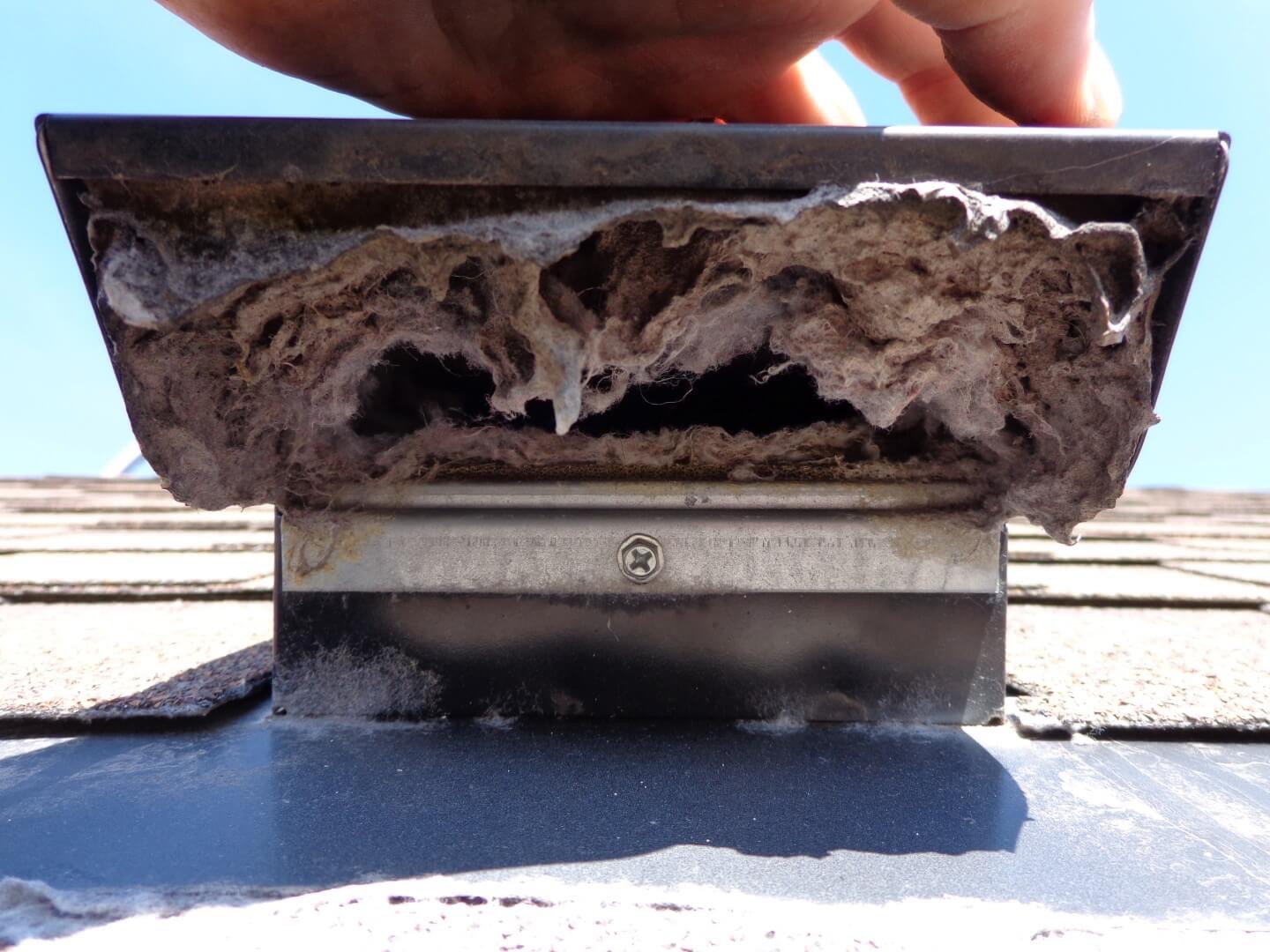
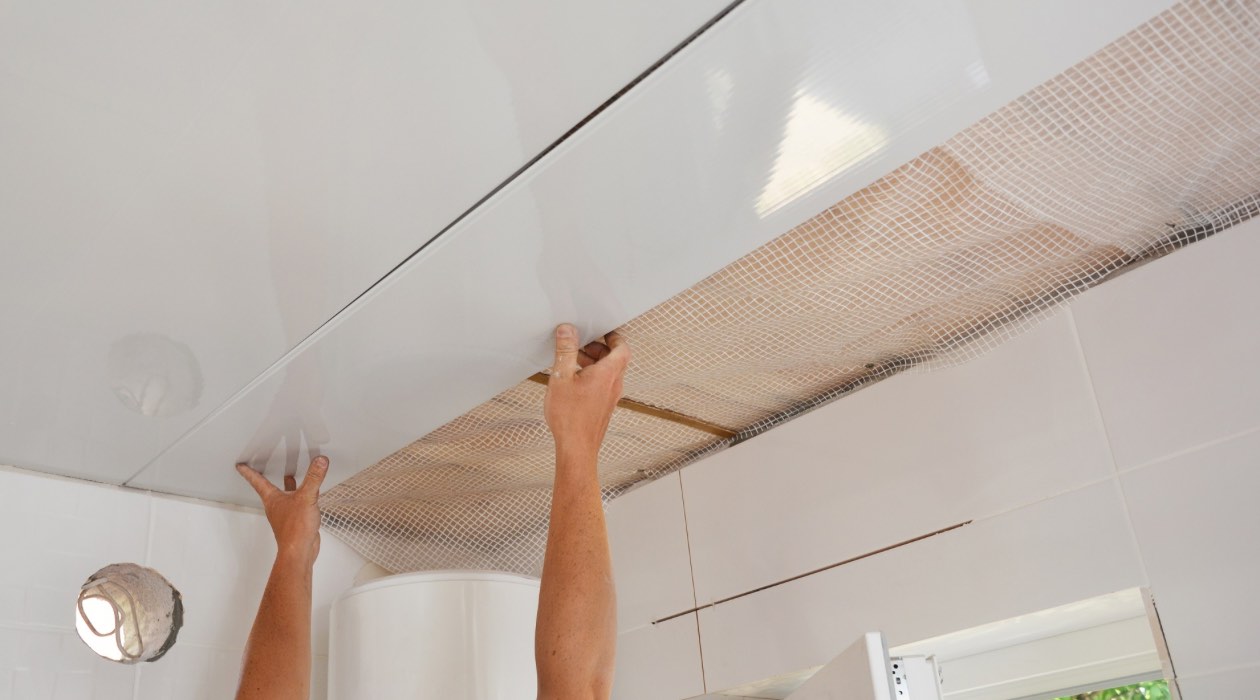
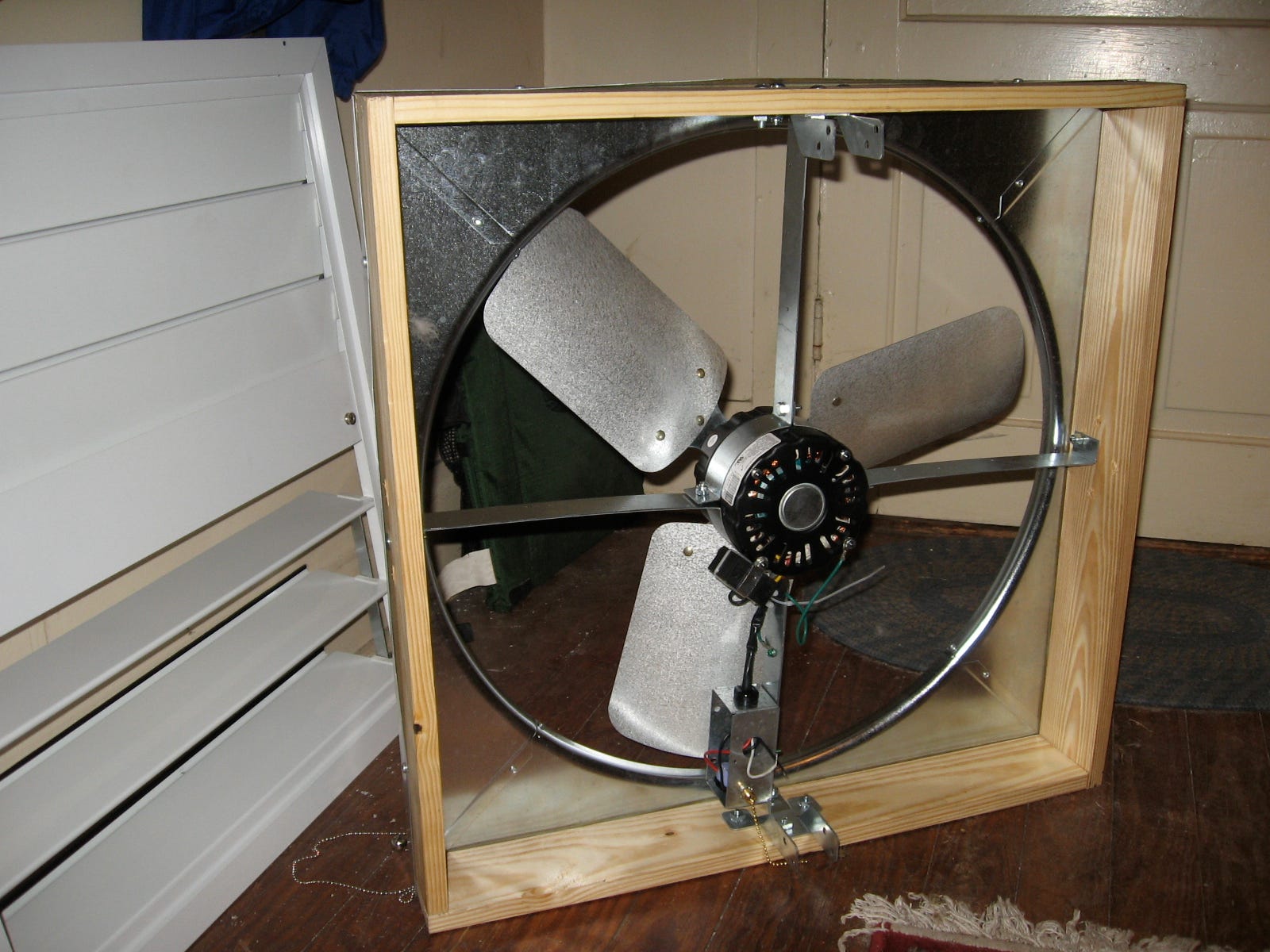
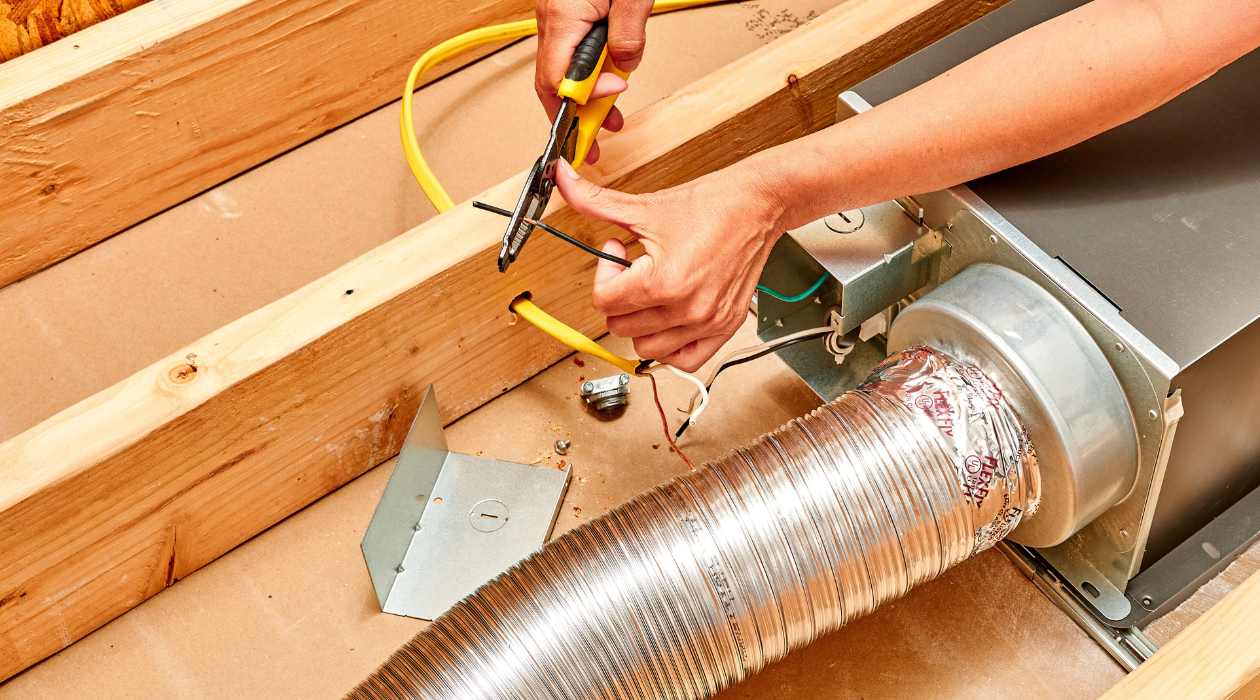
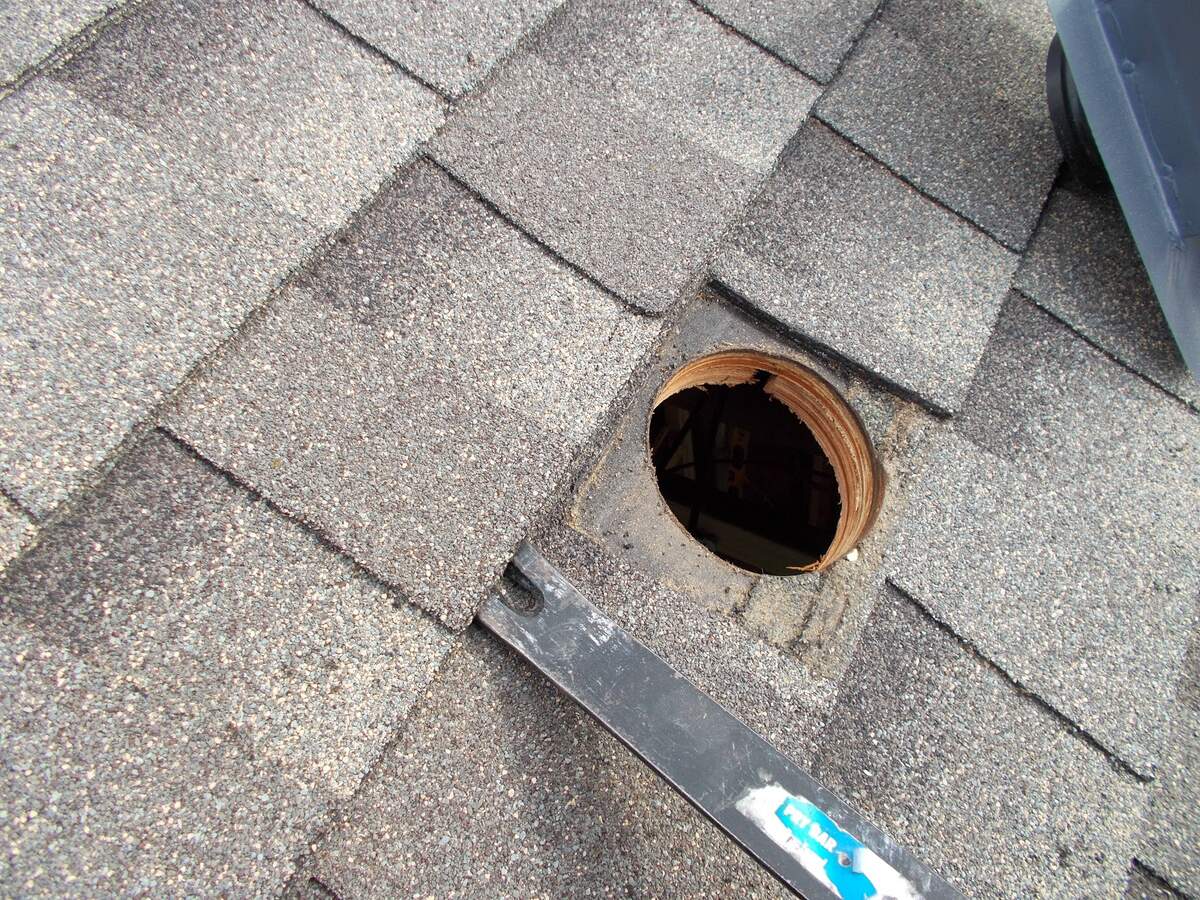
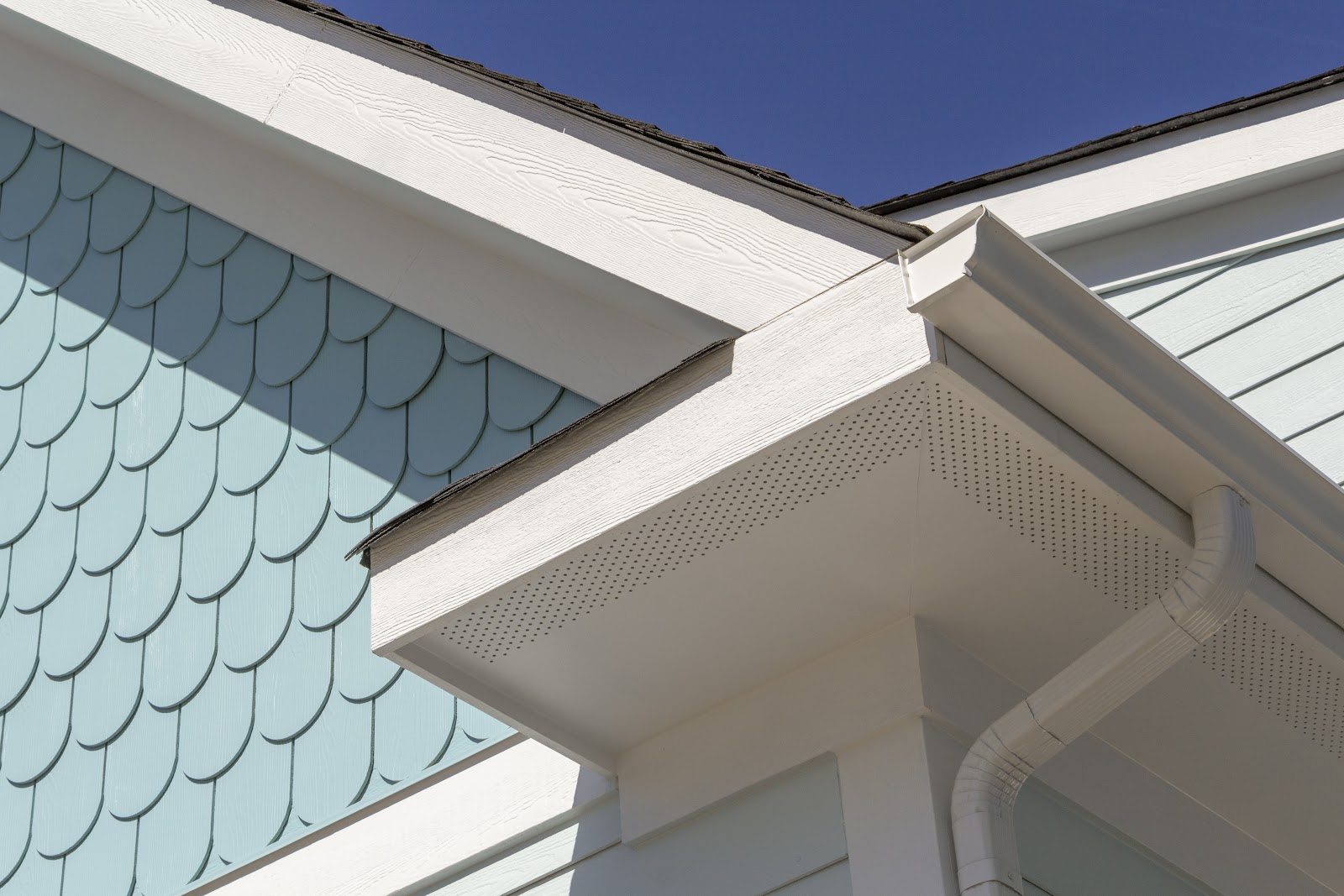
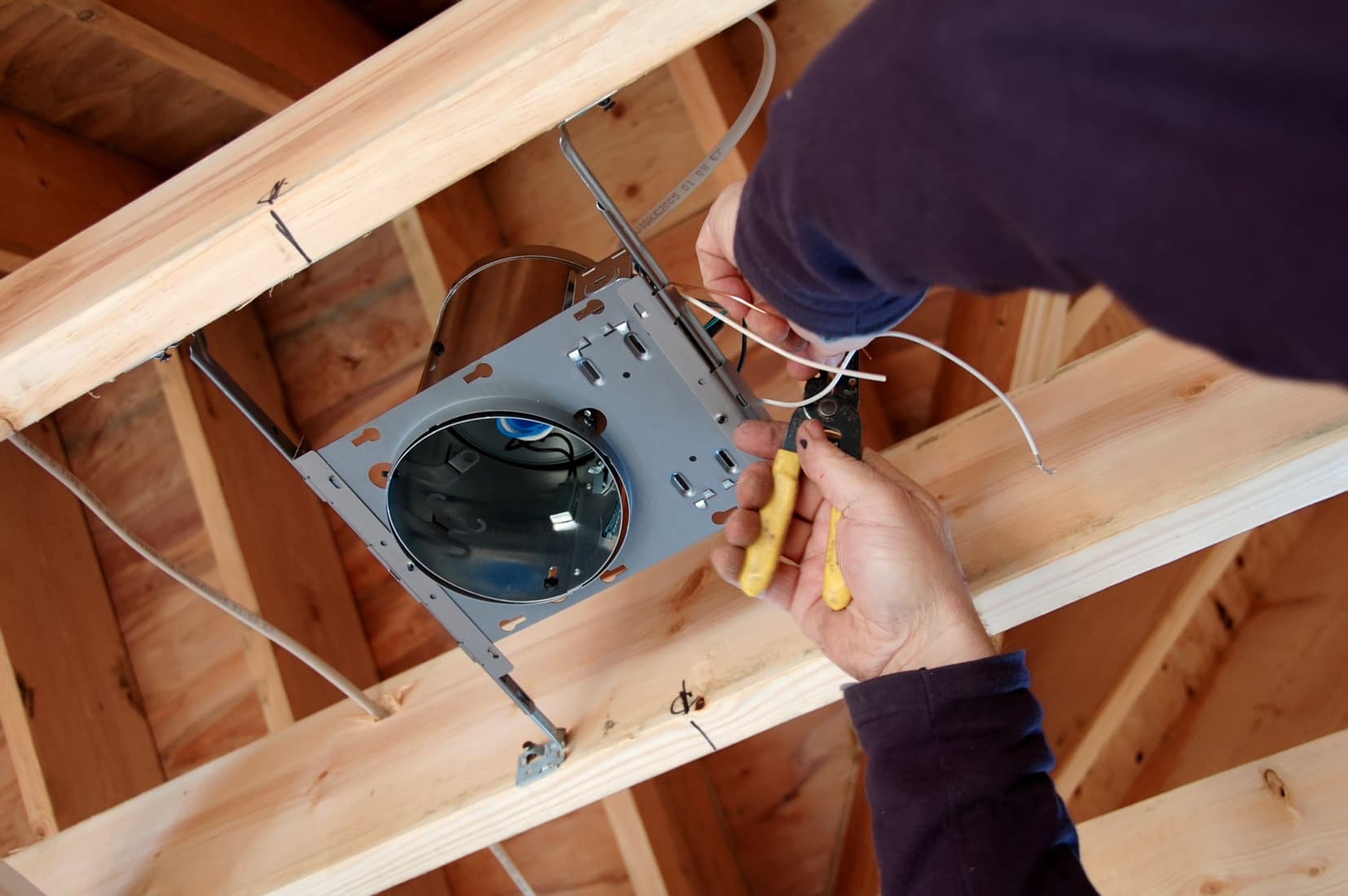
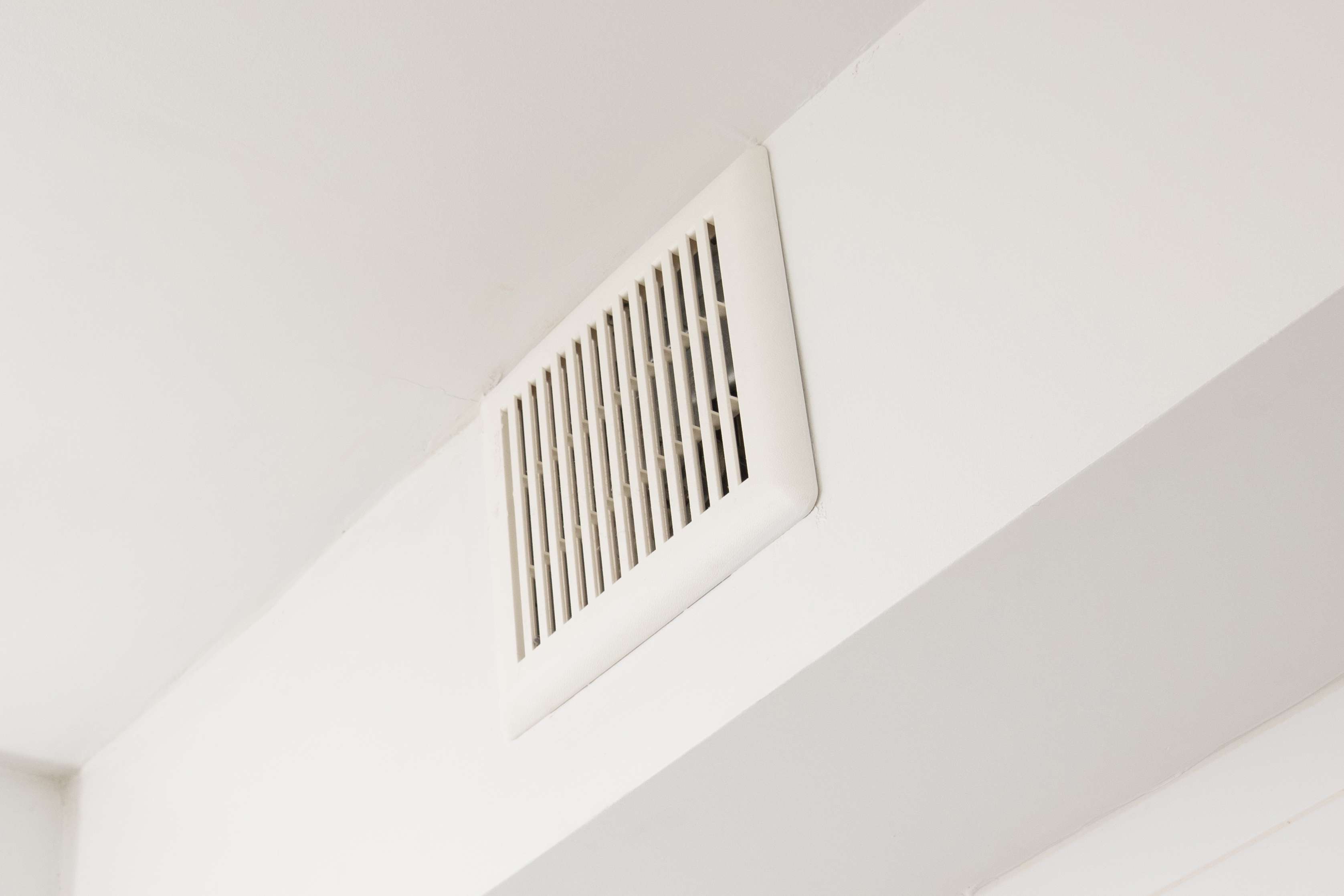
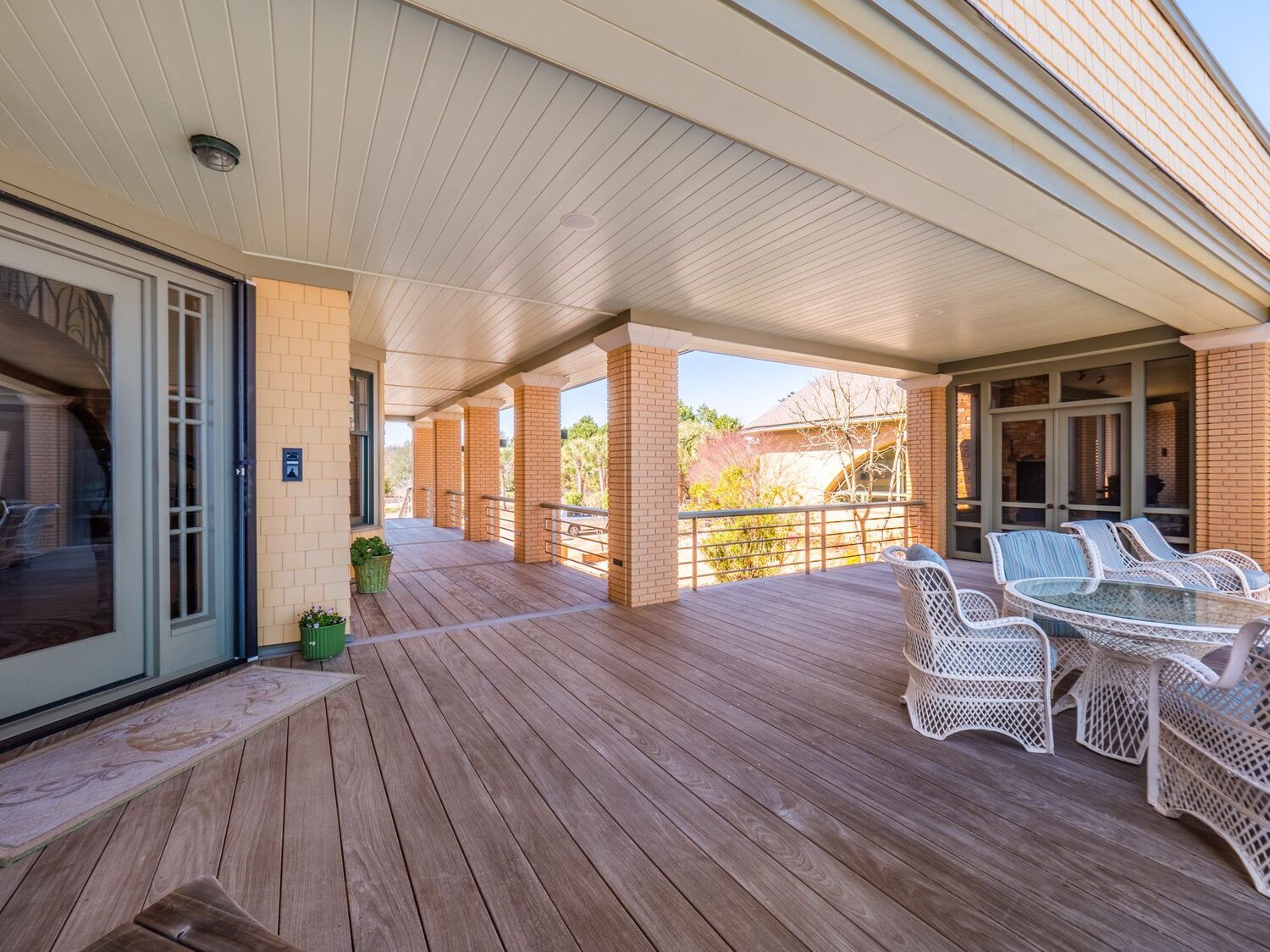
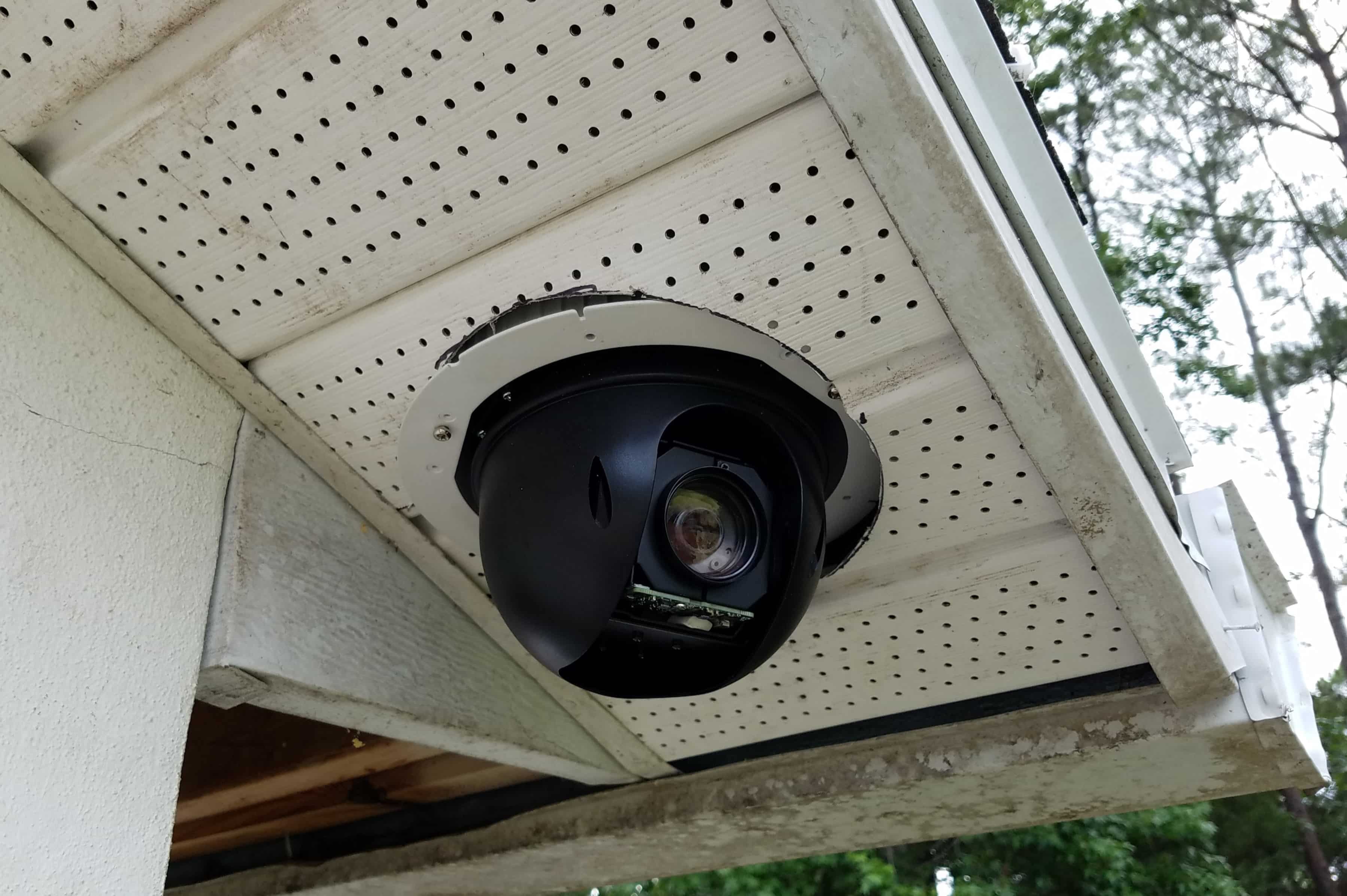
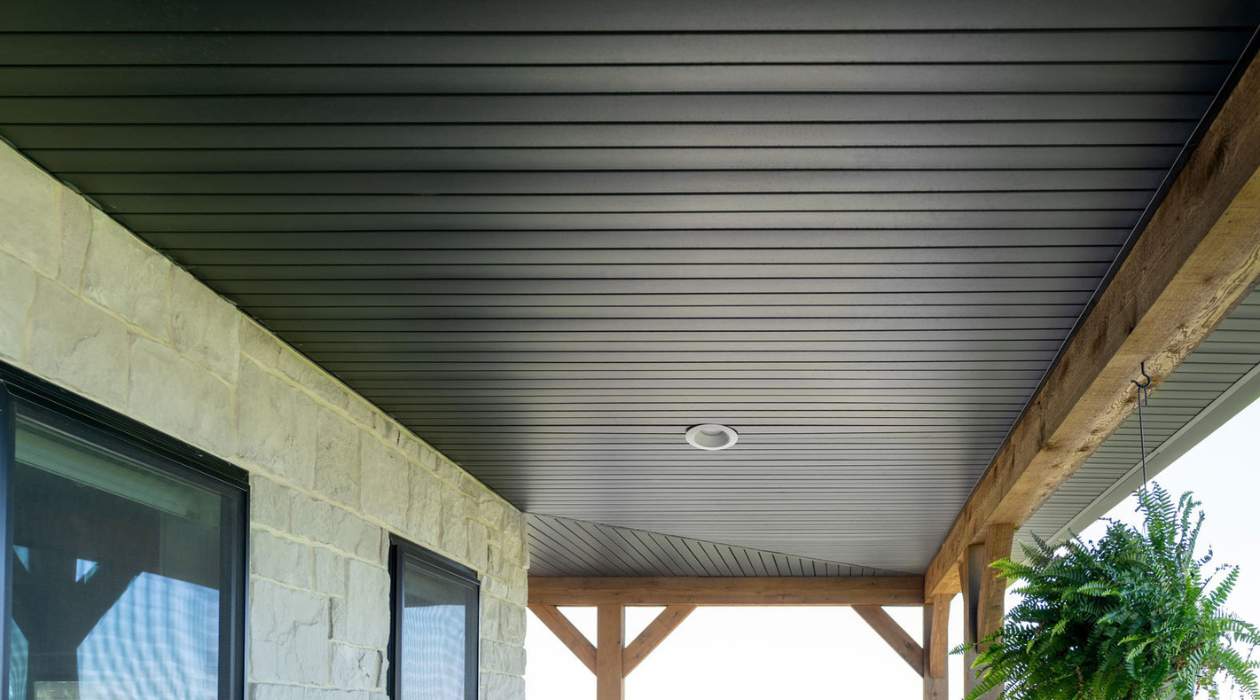
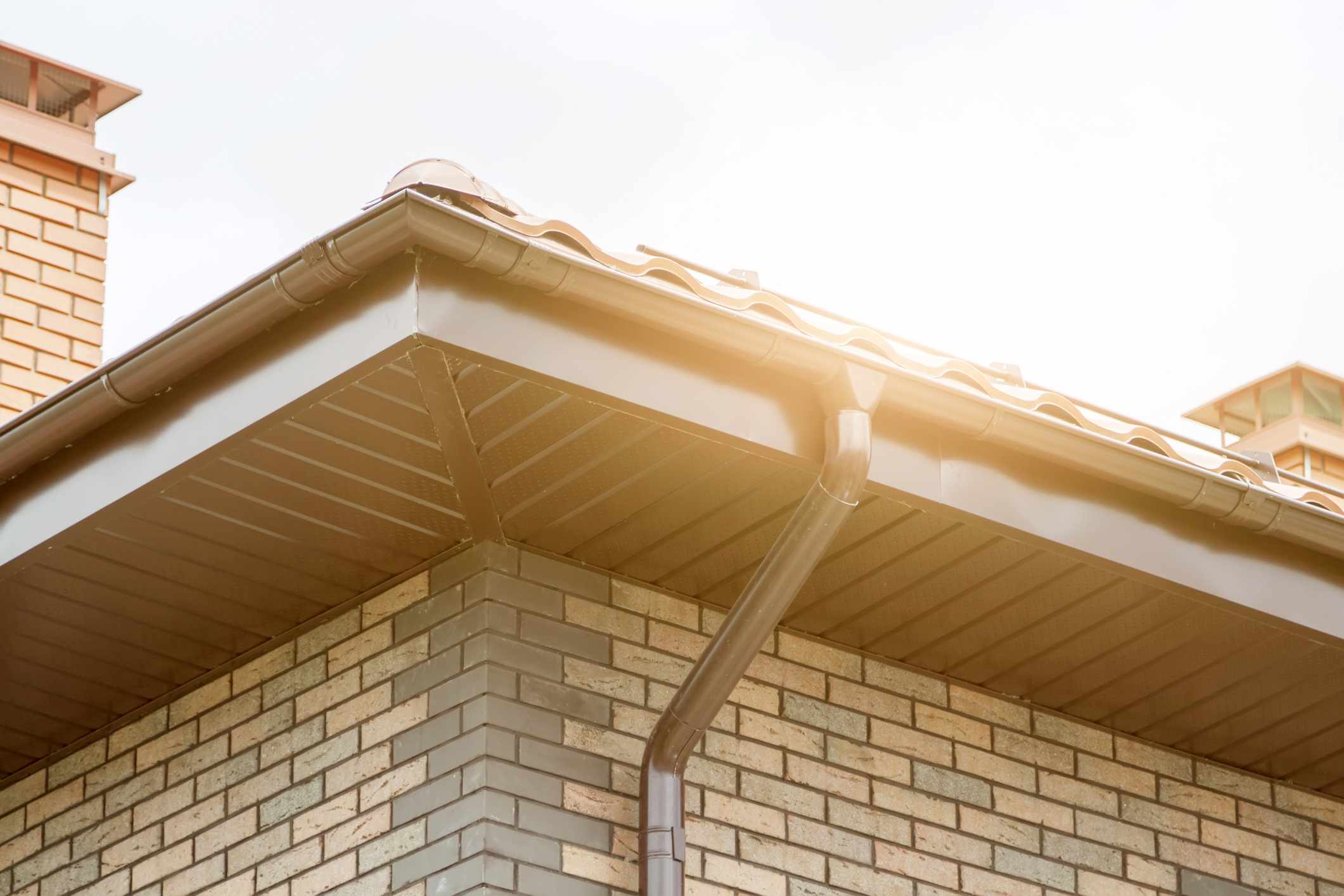

0 thoughts on “How To Vent Attic Without Soffits”